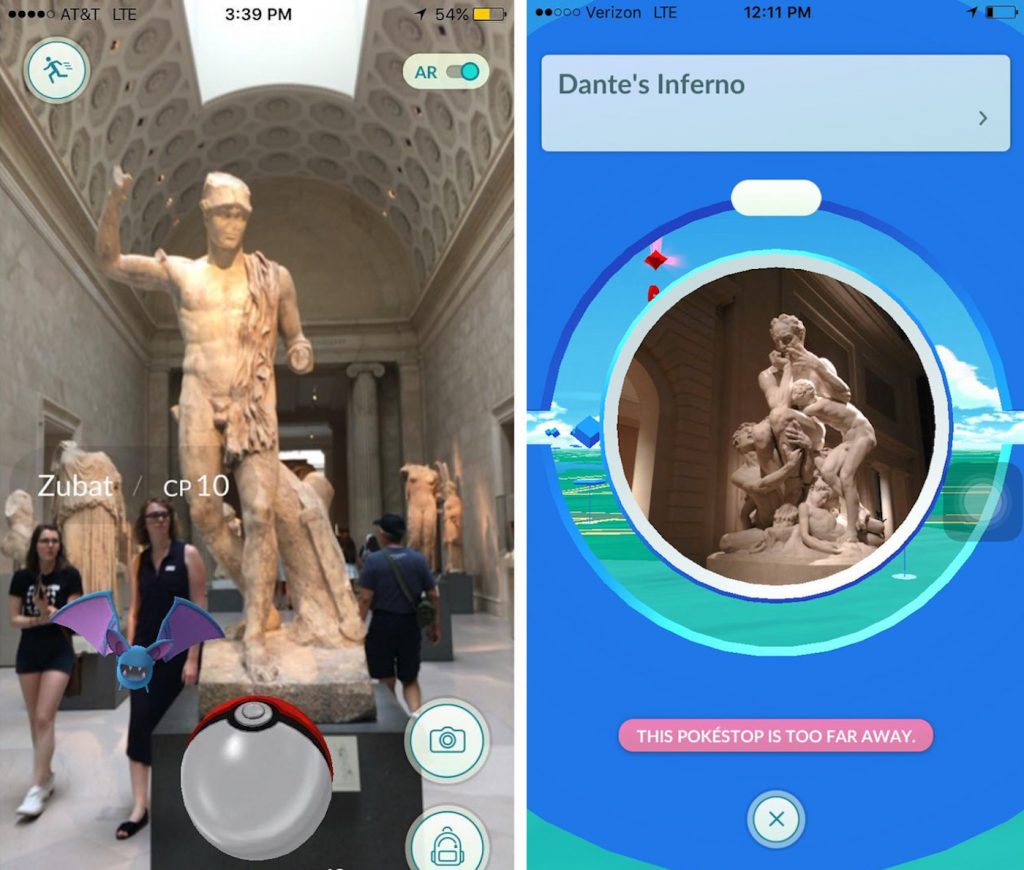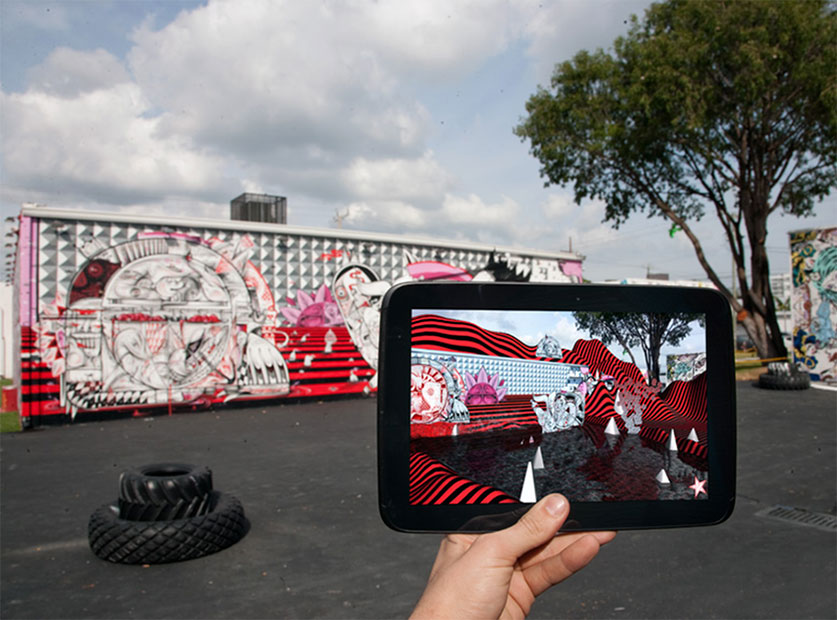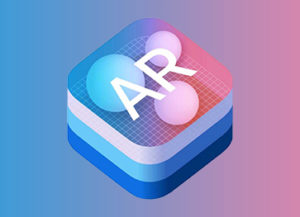Des expositions en réalité augmentée : quand l’art s’empare des nouvelles technologies
La réalité augmentée s’immisce de plus en plus dans le monde artistique de par sa capacité à créer un art exempt de tout support physique. Dessins et peintures rendus interactifs à l’aide d’applications, conquête de l’espace urbain par le virtuel, la réalité augmentée est de plus en plus prisée des artistes à mesure que son utilisation se démocratise et se facilite.
Offrir une nouvelle dimension à l'art grâce aux expositions en réalité augmentée
Et parmi ces initiatives visant à moderniser et à rendre plus interactif l’art, la réalité augmentée a su se faire une place. On peut donc trouver des expositions en réalité augmentée, que ce soit avec des œuvres physiques qui s’animent à l’aide d’applications dédiées, ou encore avec des œuvres en réalité augmentée qui servent de surcouche à des œuvres existantes.
Parmi ces dernières on peut trouver un exemple récent, un groupe d’artistes avait créé une application en réalité augmentée sur des tableaux de Jackson Pollock au MOMA, le musée d’art moderne de New-York. La particularité de cet évènement étant que le musée n’était aucunement prévenu de cette création mais n’a pas pour autant émis de plainte ou de critiques à l’encontre du groupe d’artistes. Ce genre d’évènement n’est évidemment pas que clandestin, des entreprises se spécialisant même dans les expositions en réalité augmentée, à l’image d’EyeJack.
L’avantage majeur de l’art en réalité augmentée est qu’il est virtuel et ne dénature pas les œuvres existantes. La réalité augmentée apporte même une plus-value à l’art. Le seul risque réside dans le fait que les gens se détachent de l’art physique en ne l’observant qu’à travers leur téléphone. Mais est-ce un risque ou simplement une simple expression de goût artistique ? Chacun est juge.

L’usage de la réalité augmentée dans la réappropriation de l’espace public

Mais l’art en réalité augmentée ne se cantonne à la fraîcheur des salles d’exposition, il se vit aussi dans les rues des villes, sur les murs, les parcs… On l’a déjà vu apparaitre il y a plusieurs années avec des stickers placés sur les murs des villes qui s’animaient à l’aide d’applications dédiées.
L’application Lapse, par exemple, créée par Ivan Toth Depeña en 2016, invite ses utilisateurs à suivre un parcours dans les rues de Miami, parsemées d’œuvres en réalité augmentée créés par Depeña lui-même et par d’autres artistes locaux.
On peut également citer des œuvres en réalité augmentée à portée militante, principalement dans la façon d’aborder l’espace public. Les applications NoAD et Public Ad Campaign, par exemple, proposent à leurs utilisateurs de transformer la façon dont ils voient l’espace public. Ces applications sont des banques de données d’œuvres faites par un grand nombre d’artistes et ces dernières apparaissent à l’écran pour remplacer les panneaux publicitaires de la ville et prévenir l’utilisateur de la publicité « agressive ».
Les évolutions de la technologie au service de l'art
Les artistes ont donc su exploiter la réalité augmentée pour diffuser leur vision au plus grand nombre sans avoir à s’encombrer des professionnels du milieu de l’art pour promouvoir leurs œuvres. Et on peut, sans trop s’avancer, penser que cette forme d’art va sûrement se développer avec l’évolution rapide de la réalité augmentée.



